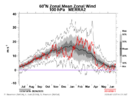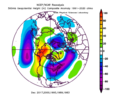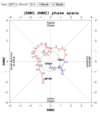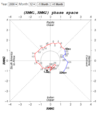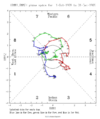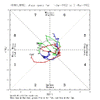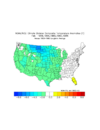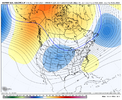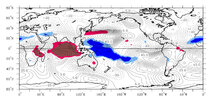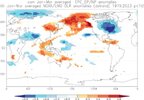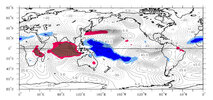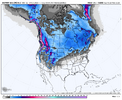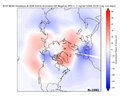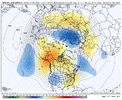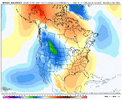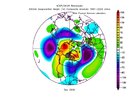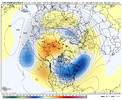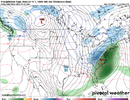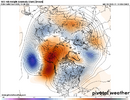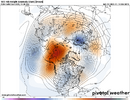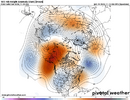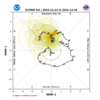The SPV was actually stronger than normal all last winter and we had the big cold blast in Jan. Last winter was a bit unusual though as there was a big disconnect between the troposphere and the stratosphere. Sometimes that happens though.Someone jog my memory without having to dive deep into past Forums, but the last disruption of the polar vortex happened in December of last year right? then we had the few week lag period which gave us the active Winter storm pattern in January. But the actual event happened in the December correct?
Also, how well did guidance forecast the disruption last November for December?
But the strat is just one tool in the toolbox. It's difficult though to have prolonged Greenland blocking episodes if the lower stratosphere (100mb) isn't weaker than normal, so that's what we're shooting for.
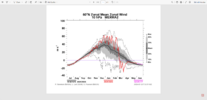
Here's the image from 2010-2011. Can see the weaker than normal lower stratosphere from mid-Nov to late Jan
